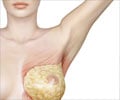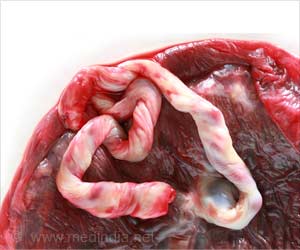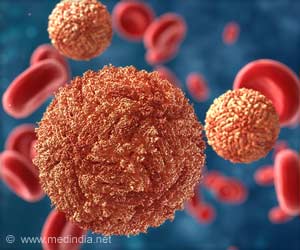There could be a connection between PFAS exposure and higher breast density; however, numerous other factors such as genetics and weight also play a role.

DO ‘FOREVER CHEMICALS’ INCREASE BREAST CANCER RISK?
Go to source). “Our overall goal is to understand if PFAS contribute to breast cancer development,” says Katherine Reeves, associate dean of graduate and professional studies and professor of epidemiology in the School of Public Health and Health Sciences.
‘Elevated concentrations of per- and polyfluoroalkyl (PFAS) substances linked to increased breast density suggest a heightened risk of breast cancer. #breastcancerrisk #foreverchemicals’





The research will be funded with a two-year, $405,000 grant from the National Institute of Environmental Health Sciences. According to the Center for Disease Control and Prevention, almost everyone in the U.S. has a measurable exposure to PFAS, one of several groups of substances called “forever chemicals” because they don’t break down naturally in the environment. “We’re exposed to them in a variety of ways,” Reeves explains. “Drinking water is certainly a very common one. Even though these chemicals are being phased out, we’re still using the consumer products that have these – think of the couch you bought 15 years ago that you Scotch-Guarded. You’re still being exposed. And the health effects are not entirely known.”
Previous experimental studies in animals have shown that PFAS have detrimental effects on mammary gland development and function. “There are some human studies showing that women with higher exposure to these PFAS chemicals breastfeed for a shorter period of time,” Reeves says, possibly because their breasts stop producing milk.
Exploring Breast Tissue Density and PFAS Exposure
In the new research, Reeves will use preexisting data and biospecimens from the Susan G. Komen for the Cure Tissue Bank, an extraordinary resource that includes some 9,000 samples of breast tissue donated by healthy volunteers, along with their medical and reproductive history. Reeves and team will examine data from 286 postmenopausal breast tissue donors who also provided a blood sample and gave access to their mammograms and measurements of their terminal duct lobular (TDL) units. TDL produces milk after childbirth, and the “involution,” or turning on of that process, happens naturally with aging.“Most breast cancers come out of these terminal ductal lobular units, and a greater degree of involution is associated with a lower breast cancer risk,” Reeves explains.
The researchers will measure the concentrations of the five most common PFAS chemicals in the blood serum samples. “We will ask the question, do we see an association between the concentration of PFAS that women have circulating and the level to which there is involution of the breast,” Reeves says. “We’re expecting to see that PFAS concentrations will be associated with less involution, meaning that there is a higher breast cancer risk.”
Advertisement
“We’re taking advantage of these well-established biomarkers of future breast cancer risk to look at associations between PFAS and those biomarkers,” Reeves says.
Advertisement
“It’s too early for us to study the health effects of these newer chemicals, but the mechanisms involved with these legacy chemicals can shed light on the health effects that we might expect to see from the newer chemicals that are being introduced today,” Reeves says.
Reference:
- DO ‘FOREVER CHEMICALS’ INCREASE BREAST CANCER RISK? - (https://www.umass.edu/news/article/do-forever-chemicals-increase-breast-cancer-risk)















